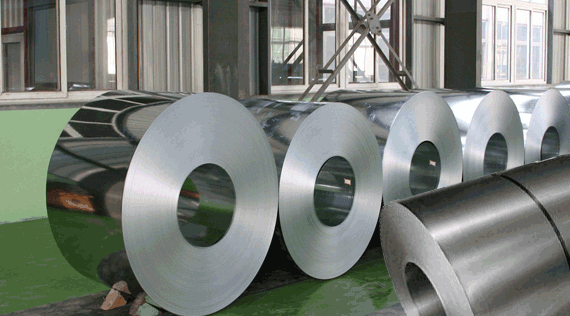
Global scrap prices have mostly stagnated in September 2025. Only the Chinese domestic market has seen slight growth, while in Turkey, the US, and the EU, prices have fallen or remained at August levels.
Turkey
In September 2025, the scrap market in Turkey is going through a rather controversial period. Between August 29 and September 25, prices fell by 2.2% to $336.3/t CFR. The first half of the month showed a downward trend: weak rebar sales, political instability, and expectations of interest rate cuts pushed mills to put severe pressure on scrap suppliers. Deals were recorded in the range of $326-335/t, bringing the market close to its lows for the year. Faced with a strong euro and high freight rates, European exporters were forced to lower their dock prices, and some even sold at a loss.
However, the second half of September brought an unexpected recovery. A combination of several factors — increased demand from Egypt after the introduction of a 16.2% import duty on billets, Turkey’s revision of the rules for processing in the customs territory (DIR), which stimulates greater domestic processing, and a tougher stance by European suppliers – allowed prices to recover some of their losses, which came as a surprise to most market participants.
The outlook for October is uncertain. On the one hand, it is difficult for exporters to fall below current levels, given rising costs and limited supply. On the other hand, demand for Turkish steel remains sluggish, and the internal financial problems of mills do not allow us to talk about a steady recovery. Most likely, prices will stabilize near current levels, with potential fluctuations within $5-10/t depending on the dynamics of demand for rebar and signals from China.
EU
The EU scrap market showed downward price trends in September, although the rate of decline varied by region. In Italy, the cost of E3 fell by 6.3% to €295/t Delivered Basis, while in Germany the decline was more moderate at 2.6% to €280/t ex-works. The first weeks of the month were stable, as mills returned from summer shutdowns with full inventories, reducing their need for new purchases. However, oversupply, especially in France and Germany, as well as weak demand for long products and billets, gradually put pressure on the market.
There was significant supply from small and medium-sized traders seeking to sell off their surpluses, often at lower prices. The situation was exacerbated by a reduction in imports by Turkey, which led to a build-up of material in Europe and increased competition between suppliers. In addition, high stocks of finished products accumulated in Spain and France, while in Germany, some plants reduced production due to weak orders, which lowered domestic demand for scrap.
In the absence of a revival in the construction sector and a recovery in demand from Turkey, European prices are likely to continue to fluctuate in a downward range. At the same time, excessive price reductions are unlikely, as some sellers are beginning to limit sales volumes in the hope of stabilization in late autumn.
USA
The downward trend continues in the US scrap market: between August 29 and September 25, prices fell by 3.9% to $295/t FOB. This is the third consecutive month that the market has shown a negative correction. The main factor behind the pressure was weak hot-rolled coil prices. Demand for flat products remains sluggish, allowing steelmakers to aggressively reduce their scrap purchase prices. At the same time, some grades of raw materials are holding up better thanks to limited collection and steady demand for rebar, which is supported by tariff protection.
The export factor did not provide significant support. Taiwan gradually reduced its purchasing levels amid a weaker rebar market and competition from Chinese billets, while demand in Turkey remained sluggish due to weak steel sales. Additional pressure came from Canadian scrap imports into the US and the lack of new growth drivers after the tariff on Brazilian pig iron was maintained.
A further decline in prices of $10-20/t is expected in October. Some grades of raw materials are more likely to remain relatively stable, but the overall market dynamics are likely to remain downward due to weak exports and uncertain demand for flat products.
China
The Chinese scrap market showed contradictory dynamics in September. Domestic prices rose by 0.9% to $324.3/t, while import prices fell by 0.7% to $332.5/t CFR. At the beginning of the month, quotations were under pressure from weak demand for steel and low margins for producers. Demand for rebar remained sluggish, and some electric arc furnaces were operating at break-even levels. This limited the willingness of steelmakers to pay more for raw materials, while supplies declined.
In the second half of September, the domestic market revived due to a shortage of spot scrap. The supply constraints led to a localized rise in prices, despite continued weak consumption of finished steel. At the same time, imports remained unattractive: Japanese scrap was offered at $330-340/t CFR, but including VAT, it was more expensive than local raw materials, so there were few deals.
Domestic prices are expected to remain near their current levels due to the shortage, but a significant increase is not expected without an improvement in steel demand. Imported scrap will continue to be under pressure unless supply falls to competitive levels.